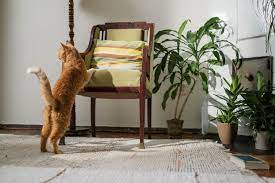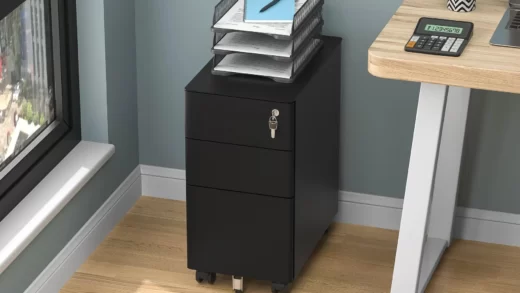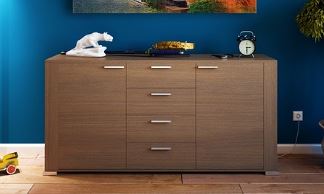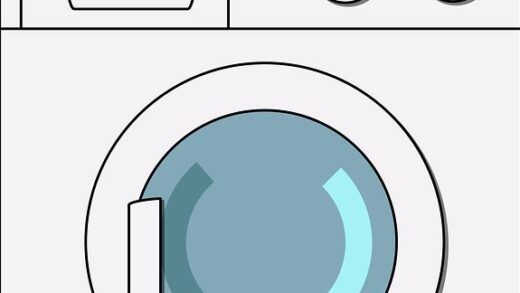The silly, melancholy, fluffy little guys we adore are cats. No matter how adorable, our cats’ behavior is largely a mystery to us. For example, why do cats knead? What makes them so drawn to destroying our couches and chairs? You’ve come to the right place if you’re searching for the top cat scratching posts and advice on how to prevent cats from damaging your furniture.
Table of Contents
Why Is My Cat Scratching The Furniture?
Cat body language can be confusing, but scratching is a normal aspect of cat behavior. To keep their claws sharp for hunting, wild cats scratch their claws to remove the dead layer of tissue (imagine giving your cat a manicure). Additionally, they can mark their territory by scratching. Between their claws, they have scent glands, and the scratch marks themselves serve as a visual cue to other cats that the area is occupied. They maintain their bodies’ health by stretching and scratching them.
How Can I Do To Stop My Cat From Destroying My Furniture?
When your cat decides to leave their mark on your carpet, furniture, or window treatments, it isn’t fun. Fortunately, these tried-and-true dos and don’ts will prevent cats from scratching furniture.
Provide Scratching Posts
In order to train your cat early on, provide scratching posts or stands. Kittens start scratching around 8 weeks old. Although it won’t tear up your furniture, your cat can still engage in its natural behavior.
Don’t Declaw Your Cat
Declawing your cat is not advised. In order to prevent the claws from growing back, your cat’s toes must have the last bone surgically removed from each one. It can also cause behavioral issues like biting, refusing to use the litter box, and even cat anxiety, according to many experts.
Use Cat Scratch Tape
The solution to your problem of how to stop cats from scratching leather furniture is cat scratch tape. Aside from hard surfaces like walls and doors, it also works well on carpet, fabric, and upholstery. Similar to regular tape, this double-sided sticky tape comes in rolls or panels that can be applied where needed and then removed with ease. Cats avoid scratching when there is a sticky feeling on their paws.
Use Cat Scratch Spray
By tricking your cat into believing it has already marked its territory with a cat scratch spray, you can prevent it from scratching places you don’t want it to. Although you can buy a spray to deter cats from scratching furniture, you can also make your own at home with vinegar, citrus essential oils, or even garlic and peppermint! Next, here’s a guide to keeping your cat off of the counters.

Protect With Vinyl Guards
Installing transparent vinyl panels on your furniture where your cat likes to scratch is yet another choice. These panels come with screw pins that make them simple to install and are offered in a variety of sizes. These covers are impervious to damage from cats’ claws because they are made of sturdy vinyl, which elegantly protects your cat’s favorite chair or couch.
These suggestions can lessen the likelihood that your home will sustain damage, even though you might not be able to completely stop your cat from scratching furniture. Next, discover why cats hiss and look at our picks for the best cat toys.
Try Socks, Boots, Or Nail Caps
Using cat boots or socks (also known as mittens) to stop scratching is an alternative to declawing. Some cats respond well to these boots, but if yours keeps attempting to pull them off out of frustration, you might want to try soft nail caps that your cat can glue on their claws. Should your cat choose to scratch an inappropriate place, these will minimize the damage. Here are the effects of catnip on cats, in case you were wondering.
Conclusion
Cats are intelligent animals that require a lot of playtimes, entertainment, and interaction to stay healthy and happy.
You can lessen the damaging scratching on your furniture by giving them a scratching post.
They can stay grounded if you give them toys and a warm bed!
One of the aforementioned solutions ought to work in most situations. A single strategy won’t work for all cats, though, as they are all unique.



